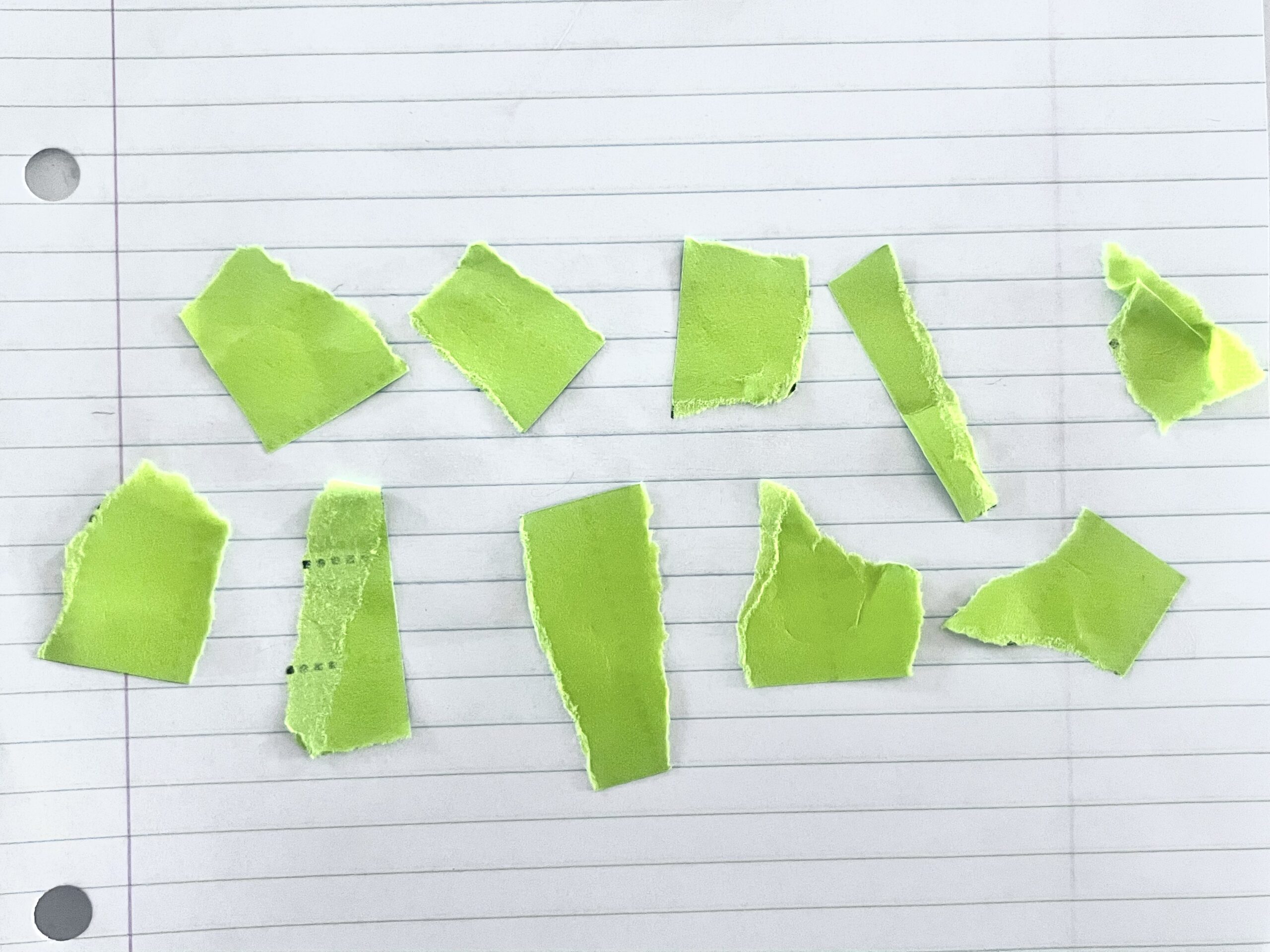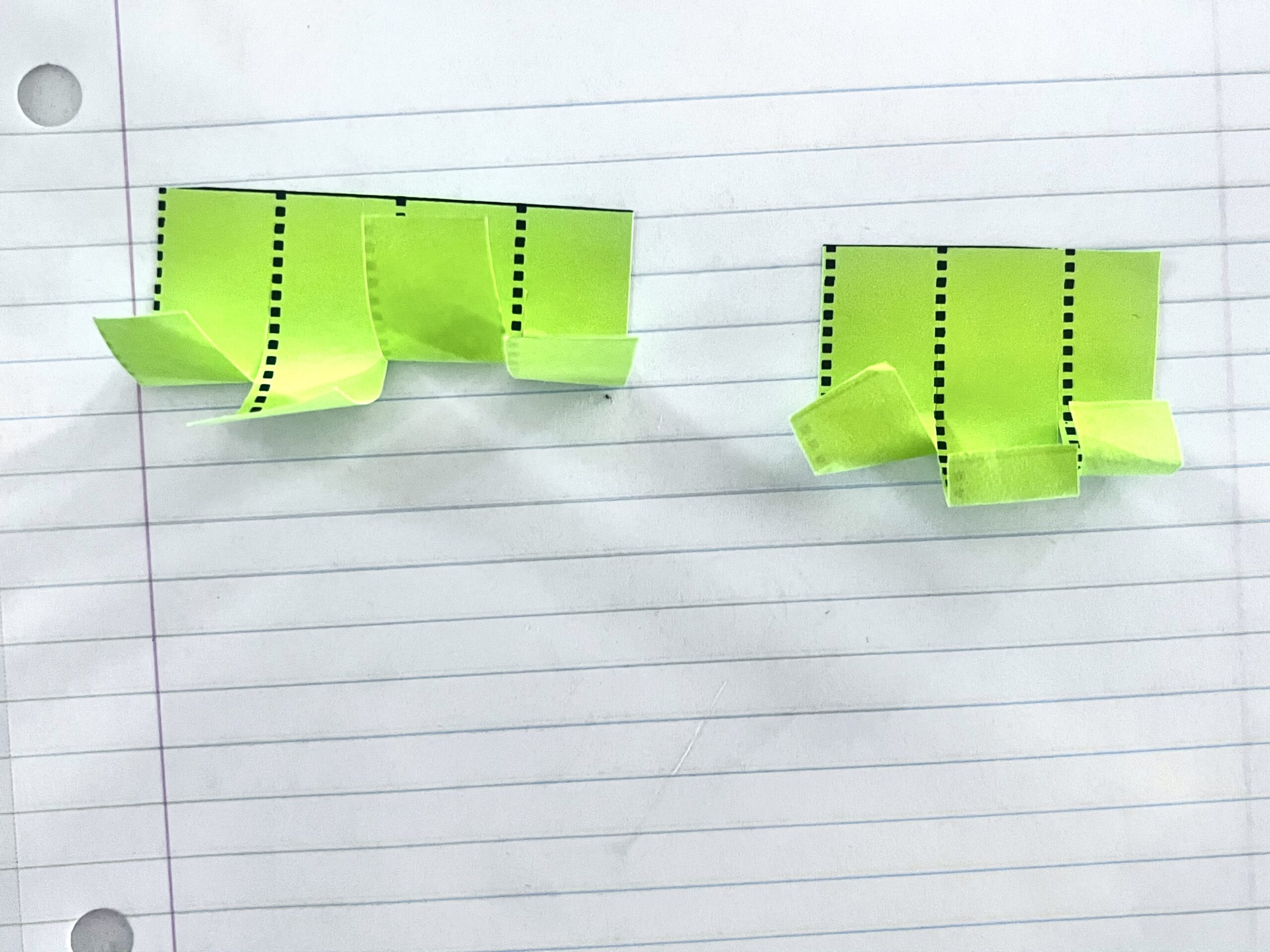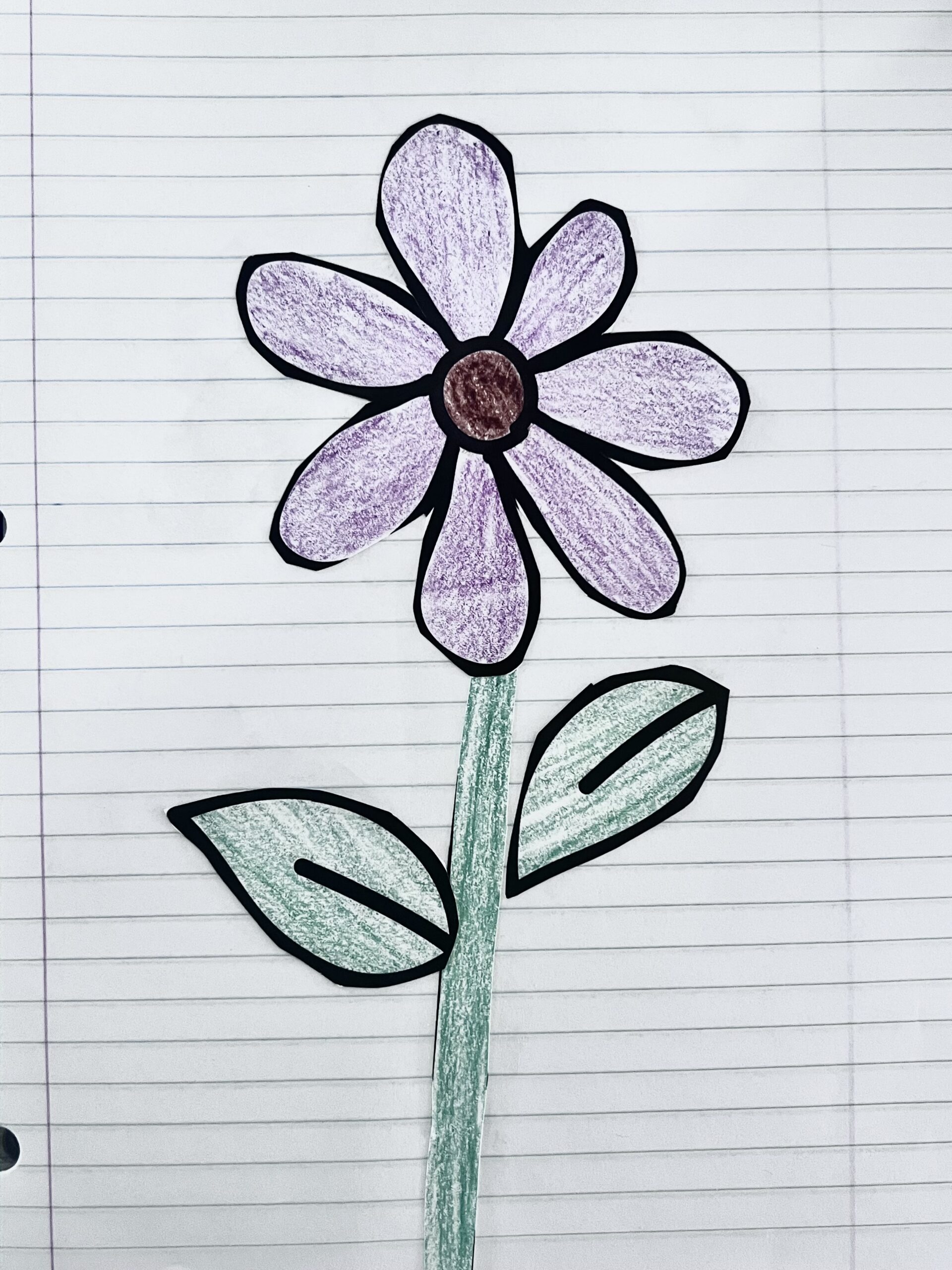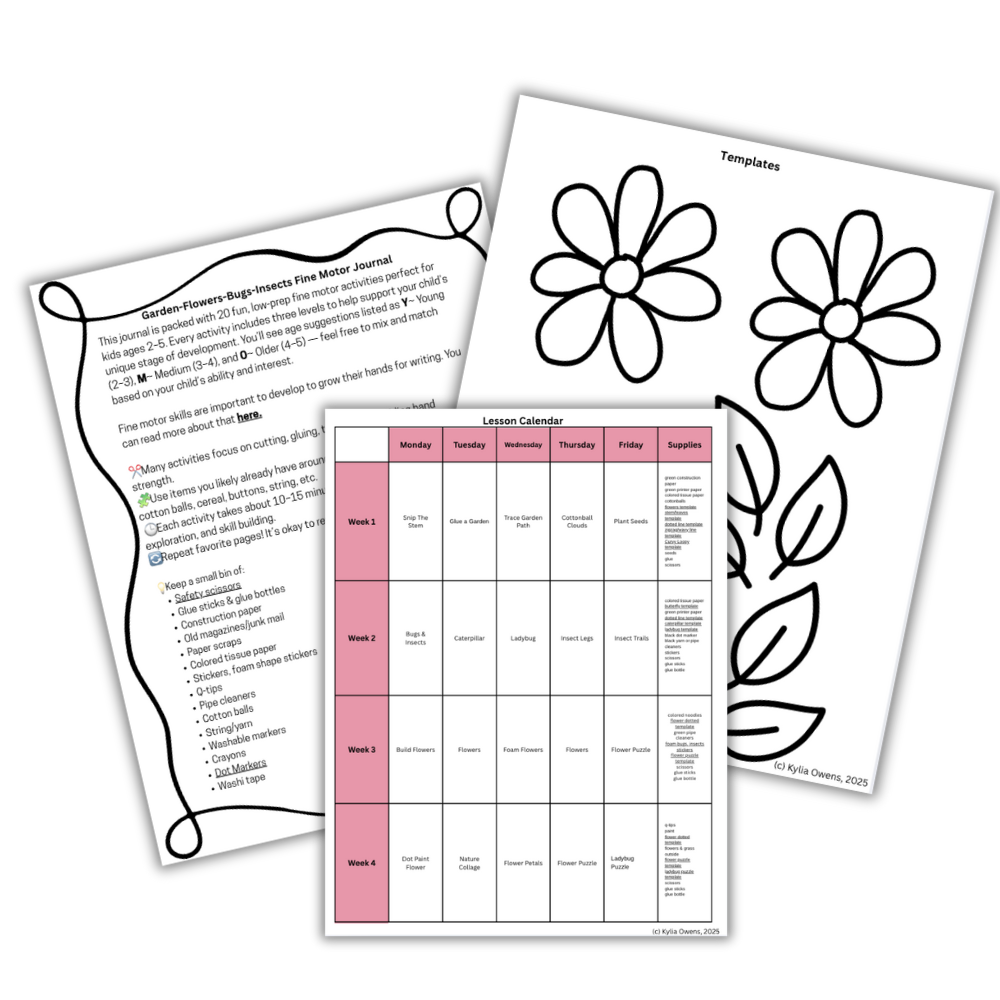This post may contain affiliated links, which means I’ll receive a commission if you purchase through my link, at no extra cost to you. Read the full disclosure statement here.
This blog post is all about differentiated instruction.
When you teach a group of mixed-age learners all in the same space, one-size-fits-all lesson plans go right out the window. You have some kids learning how to count to three, while another is mastering how to write their last name, and another is sticking things up their nose.
This is where differentiated instruction comes into play.
In this post, I'm going to share what differentiated instruction is, its benefits, early childhood teaching strategies, and a real-life differentiated example!
DIFFERENTIATED INSTRUCTION
What Is Differentiated Instruction
Let's first discuss what differentiated instruction is not. It's not creating a completely different lesson for every learner. Letting kids do whatever they want during an activity or lesson. Or, making things easier, we still want to challenge them to grow. Or needing all of the fancy materials that we see on social media!
Differentiated instruction simply means adapting activities to meet the needs of the children. We are meeting them where they are.
Benefits Of Differentiated Instruction
It helps create a learning environment where every learner can thrive! When we create an activity and meet the child right where they are, they will stay interested longer, which equals more learning.
- Children learn at their own pace. In early childhood, the gaps are so great. A two-year-old can be speaking in full sentences, whereas a three-year-old is saying one or two-word sentences.
- It builds confidence and independence in children. When they make wins, no matter the size, it builds their confidence.
- Able to manage and educate multiple ages without feeling overwhelmed. This can be accomplished through completing the same activities but differentiating them.
- Encourages better communication and social-emotional skills. When everybody is included, they naturally want to share, help each other, and continue to play. Oh, did I say play, I meant to say learn.
Early Childhood Teaching Strategies
You don't need to reinvent the wheel. You just need to be flexible with your current daycare or classroom strategies.
Some examples:
- Building tower blocks can be turned into sorting by color for the toddlers, while the preschoolers can count how tall they make their tower.
- Offer choices. For example, dot markers or painting the activity they are completing.
- Scaffold support by starting an older child on an activity, then step back and work more 1:1 with those who need a little more support.
- Use simple vocabulary and language. Give short, sweet, simple instructions, then build upon them as they complete the first instructions.
Differentiated Instruction Examples: One Activity, Three Ways
I'm laying down a real-life example using my May Fine Motor Journal Activities Toddlers-Kdg | Bugs-Insects-Flowers-Garden!
This journal allows the flexibility to meet all learners where they are at while building their fine motor skills!
We are going to Snip The Garden. The purpose of this activity is to strengthen those important muscles in their small hands for writing and scissor skills later down the road.
Snip The Garden:
Younger: Give them green construction paper in short rectangles. They will tear the paper into small pieces. Then they will pick each tiny piece up and glue it into their fine motor journals.
Medium: Snip the dotted lines using scissors. Then they will glue their snipped grass into their fine motor journals.
Older: The children will color their flowers that are already cut out for them. Then they will cut out the stems and leaves on their own, gluing them into their fine motor journals along with the flower petals.
Below are pictures of the completed differentiated fine motor journal activities. Your older children might be able to cut all of those lines around the flower petals to complete the cutting on their own, my learners can't quite do that yet!



Differentiating instruction doesn't have to be complicated! I talk more about managing all of the ages and creating the perfect daily schedule in Managing All The Ages, All Day Long: My Real Life Daycare Schedule.
You can grab your sneak peek of these fine motor journal activities, complete curriculum, and differentiated lessons below! Simply fill out the form and snag it!
If you're looking for a curriculum bundle that has differentiated instruction lessons for the flower-garden-bugs-insect theme that includes literacy, math, sensory bins, crafts, fine motor journal, and gross motor, you can grab it here.


This blog post was all about differentiated instruction.
Related posts:
Managing All The Ages, All Day Long: My Real Life Daycare Schedule
